Meta-Action (1986)
The concept of a portable computer-controlled action for the grand piano grew out of work with upright pianos which commenced in 1981. Through a series of customized instruments developed around the now-defunct Pianocorder system, I was able to frame the idea of what a grand piano action, operating under computer control, should be capable of doing from both an aesthetic and performance perspective. Attention was specifically directed towards the use of the Grand Piano as a superior instrument in both sound and functional design.
While inspiration initially came from the music of Conlon Nancarrow, the idea was essentially founded upon a desire to investigate computing technology as a means to achieve greater control and performance nuance. For example, allowing a greater sense of human performance interpretation in compositions that are otherwise impossible to play. Nancarrow’s instruments had some obvious technical limitations but more importantly they were not conceived in the age of computer control and performer/machine interaction. But Nancarrow’s music, perhaps, reflected a state of performance that was potentially accessible to a performer, in real-time, through a collaboration with computing technology. Such complex musical structures as those found in his Study #25, for example, might give rise to an interesting piano technique, not to mention compositional direction.
The construction of the action was undertaken through a grant from the Australia Council’s Special Projects Unit and the work was carried out in the engineering workshop of the Physics Department at La Trobe University in Melbourne between June 1987 and August 1989. Considerable theoretical research into operational aspects of the traditional piano took place between June 1987 and March 1988. It was designed and constructed by Marshall Maclean and the author.
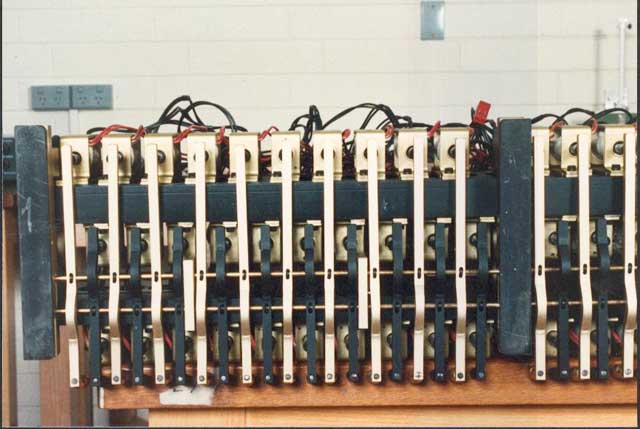

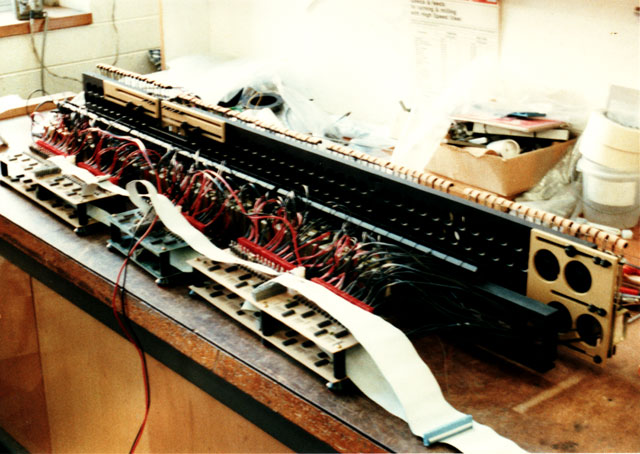
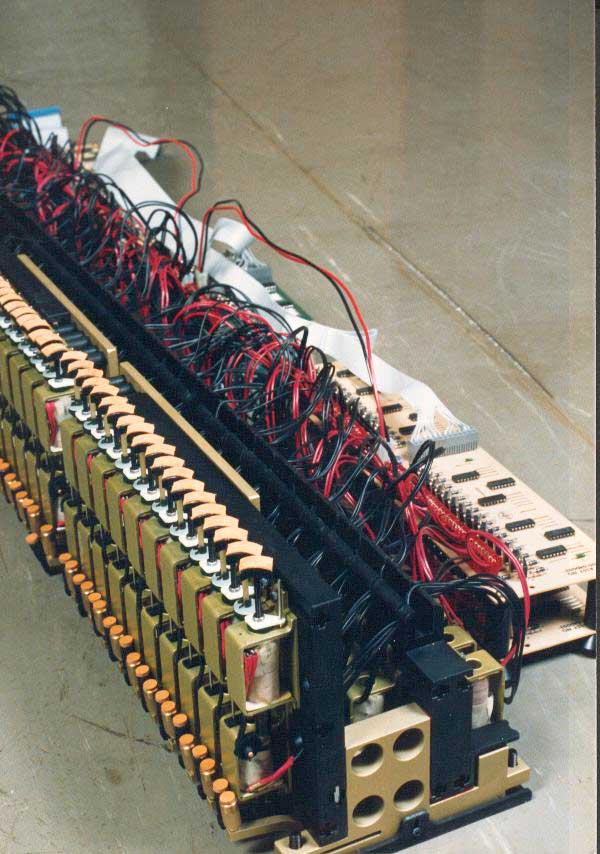
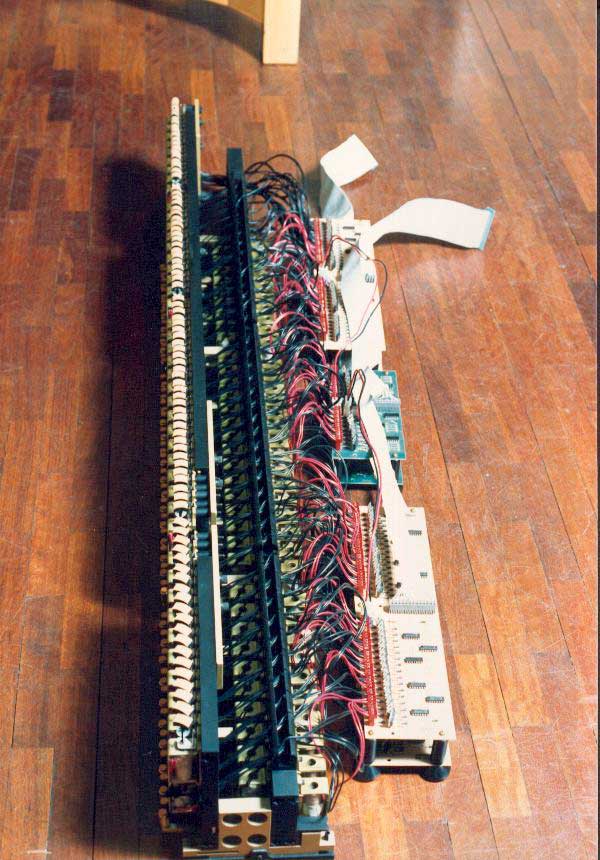

The Meta-Action was shipped to Princeton University in August 1989.

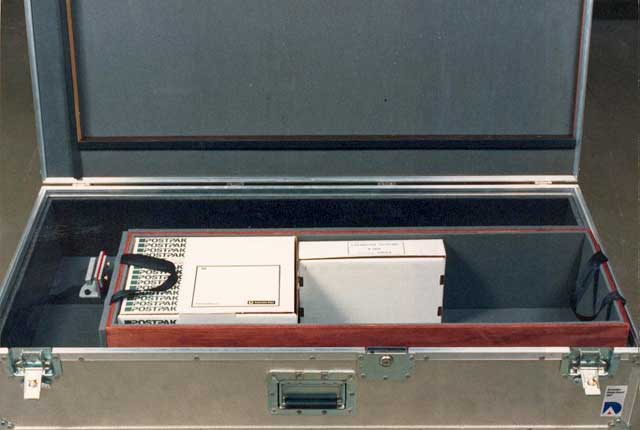
The Meta-Action was installed in a piano at Princeton University in 1992. The room was a kind of practice room, just room enough for the instrument. This was the first and only time I powered up the action. It did not have the optimal control system so was not particularly interesting, loud, or tonally unique, and along with other technical difficulties, I gave up on it after a while; like 3 months of tinkering. It needed significant modifications and a completely different control technology to what I was using. I would only become aware of that technology 6 years later.


